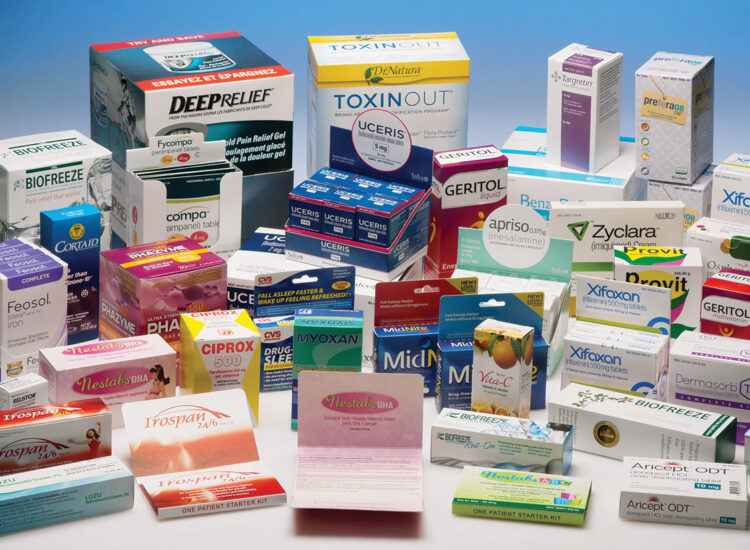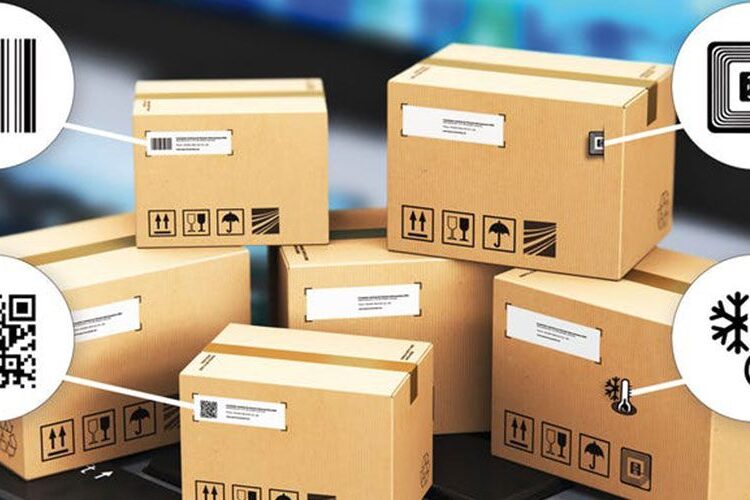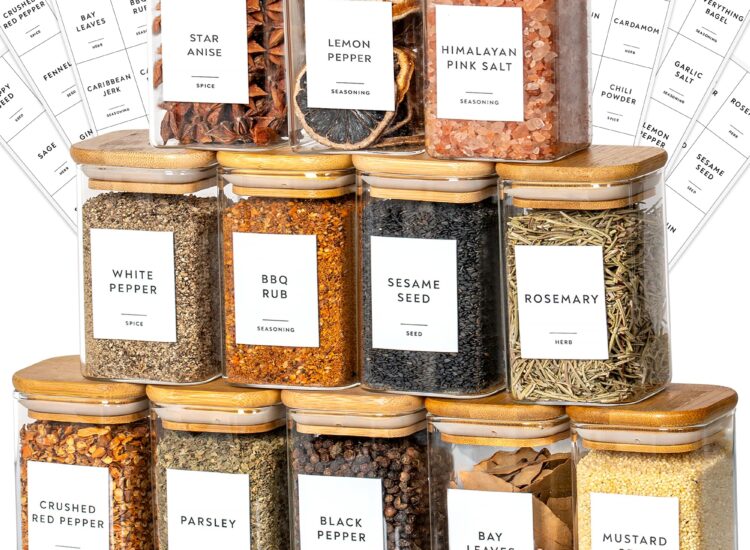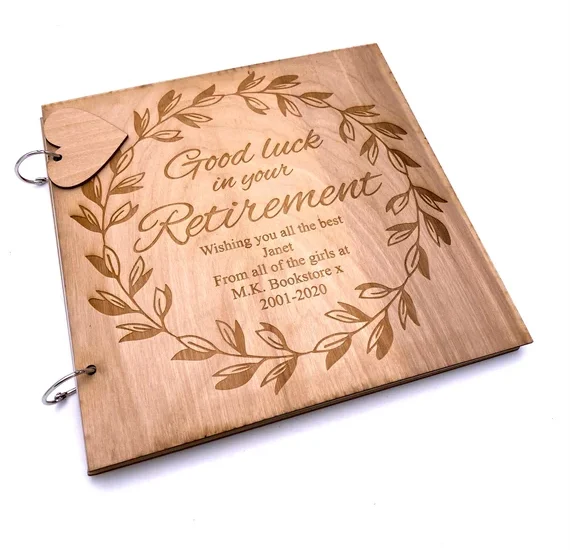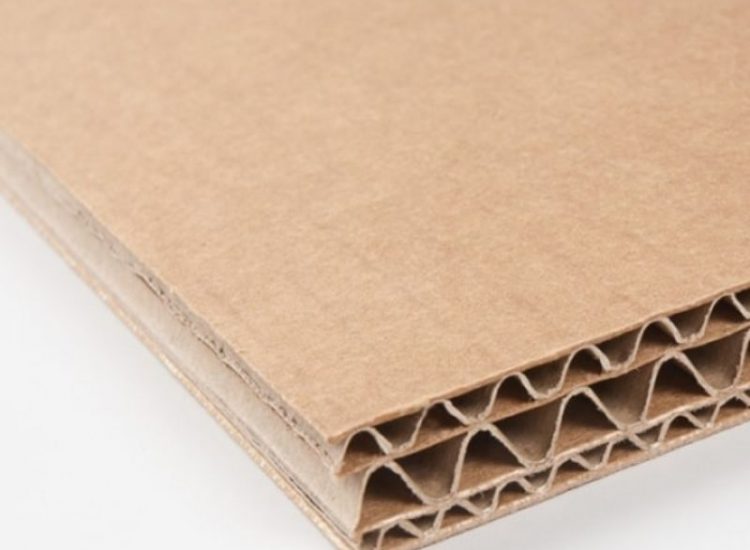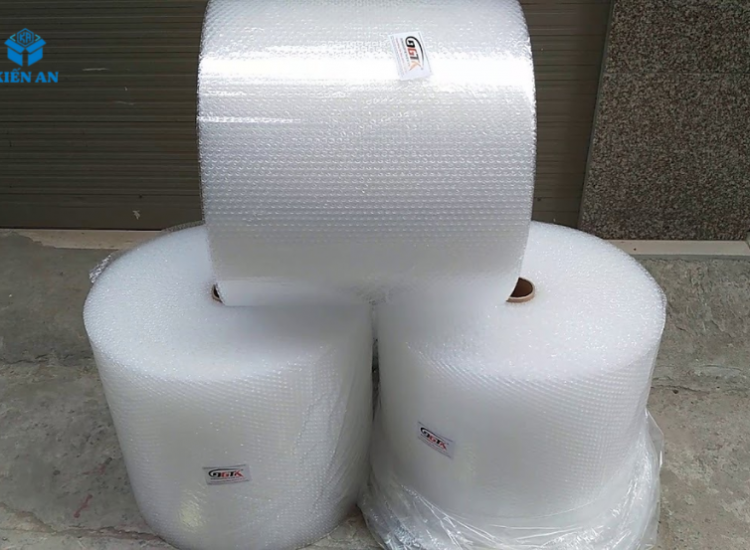The Essential Guide to Recycling Common Packaging Materials
In our modern consumer-driven society, packaging plays an indispensable role in protecting, preserving, and presenting the goods we purchase. From the food we eat to the electronics we use, nearly every item comes encased in some form of packaging. While this serves its purpose initially, the sheer volume of discarded packaging has become a significant environmental concern. Landfills are overflowing, and the improper disposal of packaging contributes to pollution and resource depletion. Fortunately, recycling offers a viable solution, transforming waste into valuable resources. Understanding how to properly recycle different types of packaging is crucial for fostering a sustainable future. This essay will delve into the methods for recycling some of the most common packaging materials we encounter daily.
One of the most prevalent forms of packaging is plastic. Plastic is versatile, durable, and relatively inexpensive, making it a popular choice for a wide range of products. However, not all plastics are created equal when it comes to recyclability. Different types of plastic resins require different recycling processes. To identify the type of plastic, look for the Resin Identification Code (RIC), usually a number from 1 to 7 enclosed in a triangular chasing arrows symbol, typically found on the bottom or side of the container.
Polyethylene Terephthalate (PET or PETE), identified by the number 1, is commonly used for beverage bottles, food containers, and some cosmetic jars. PET is one of the most widely recycled plastics. The recycling process typically involves collecting the used PET containers, sorting them by color, shredding them into flakes, and then cleaning them to remove any contaminants. These clean flakes can then be melted down and reformed into new PET bottles, containers, or even fibers for textiles and carpets. To properly recycle PET, ensure the containers are empty and rinsed. While labels can often be left on, it’s generally good practice to remove loose or excessive labeling.
High-Density Polyethylene (HDPE), marked with the number 2, is another commonly recycled plastic found in milk jugs, detergent bottles, shampoo bottles, and some grocery bags. HDPE is relatively easy to recycle and is often turned into new bottles, containers, pipes, and lumber. Similar to PET, HDPE containers should be emptied and rinsed before being placed in the recycling bin. Caps and lids can often be left on HDPE bottles, but it’s best to check local recycling guidelines as practices can vary.

Related articles 01:
1. https://baobikienan.vn/thung-carton-in-offset-tphcm/
2. https://baobikienan.vn/co-so-san-xuat-thung-carton-dung-khau-trang/
3. https://baobikienan.vn/thung-carton-boi-giay-duplex-in-offset-la-gi-va-ung-dung-cua-chung/
4. https://baobikienan.vn/giay-bristol/
5. https://baobikienan.vn/y-nghia-cua-18-ky-hieu-thuong-gap-tren-thung-carton-tphcm/
Polyvinyl Chloride (PVC), identified by the number 3, is used in some blister packs, pipes, and occasionally in food packaging. PVC is generally more challenging and less commonly recycled than PET or HDPE due to the chlorine content, which can release harmful substances during the recycling process. While some specialized facilities can recycle certain types of PVC, it’s often best to avoid products packaged in PVC whenever possible. Check your local recycling guidelines to see if PVC is accepted in your area.
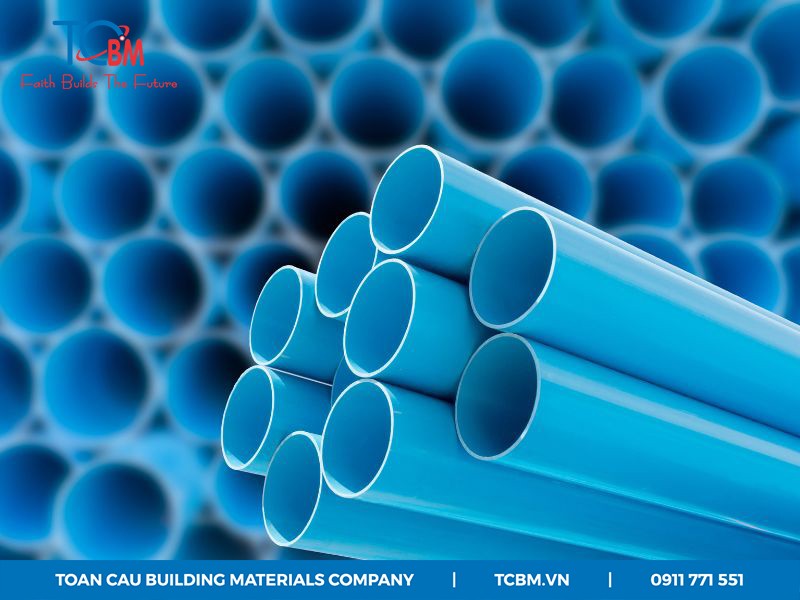
Low-Density Polyethylene (LDPE), marked with the number 4, is commonly found in plastic bags, films, and some squeezable bottles. LDPE can be recycled, but the process can be more complex, and it’s not always accepted in curbside recycling programs. Many grocery stores and retailers offer collection bins specifically for plastic bags and films made of LDPE. These collected materials are often recycled into new plastic bags, film, or composite lumber. It’s crucial to keep LDPE bags clean and dry and to avoid mixing them with other types of plastic in curbside bins, as they can tangle and disrupt the sorting process.
Polypropylene (PP), identified by the number 5, is used in food containers (like yogurt cups and margarine tubs), bottle caps, and some straws. PP is increasingly being recycled and can be turned into new containers, pallets, and even car parts. Ensure PP containers are empty and rinsed before recycling.
Polystyrene (PS), marked with the number 6, commonly known as Styrofoam, is used in disposable cups, takeout containers, and protective packaging. Polystyrene is notoriously difficult to recycle due to its lightweight and bulky nature. While some specialized facilities can recycle PS, it’s often not accepted in standard curbside programs. Efforts are being made to improve PS recycling technologies, but reducing its use and opting for more sustainable alternatives is generally recommended.
Other Plastics, identified by the number 7, encompass a variety of plastic resins that don’t fit into the other categories, such as polycarbonate and acrylic. The recyclability of these plastics varies greatly, and they are often not accepted in standard recycling programs.
Beyond plastics, paper and cardboard constitute another significant portion of our packaging waste. These materials are highly recyclable and can be processed multiple times into new paper products. Cardboard boxes, often made from corrugated cardboard, are readily recyclable. Before placing them in the recycling bin, flatten the boxes to save space. Remove any non-paper components like excessive plastic tape. Paperboard, used for cereal boxes, shoe boxes, and other similar packaging, is also easily recyclable. Newspapers, magazines, and junk mail can also be recycled. However, it’s important to keep paper and cardboard dry and free from contamination like food residue or grease. Items like waxed cardboard or paper with a plastic coating may not be recyclable in all facilities.
Related articles 02:
1. https://baobikienan.vn/che-ban-in/
2. https://baobikienan.vn/kich-thuoc-thung-carton-cho-cac-nganh-hang-khac-nhau/
Glass packaging, including bottles and jars, is another highly recyclable material. Glass can be recycled endlessly without losing its quality. The recycling process involves collecting the glass, sorting it by color (clear, brown, and green), crushing it into small pieces called cullet, and then melting and reforming it into new glass products. Before recycling glass containers, empty and rinse them. While labels usually burn off during the recycling process, it’s generally good practice to remove any easily detachable labels. Broken glass can usually be recycled, but it’s best to contain it safely to prevent injury to sanitation workers.
Metal packaging, primarily aluminum and steel cans, is also highly valuable for recycling. Recycling aluminum requires significantly less energy than producing it from raw materials. Aluminum cans, used for beverages, are readily recyclable. Steel cans, often used for canned food, are also recyclable. Empty and rinse metal cans before placing them in the recycling bin. Labels can generally be left on.
General Tips for Effective Packaging Recycling:

- Empty and Rinse: Always empty containers of their contents and rinse them to remove any food residue or liquids. Contamination can hinder the recycling process.
- Remove Lids and Caps: While some facilities can process lids and caps attached to their corresponding containers, others prefer them to be separated. Check your local guidelines.
- Flatten Cardboard: Flattening cardboard boxes saves valuable space in collection bins and during transportation.
- Keep Materials Separate: Avoid placing plastic bags inside rigid plastic containers or mixing different types of materials unless specifically instructed by your local recycling program.
- Check Local Guidelines: Recycling programs and accepted materials can vary significantly depending on your location. Always consult your local municipality or waste management company for specific guidelines and instructions.
Recycling packaging is a crucial step towards a more sustainable future. By understanding the different types of packaging materials and how to properly prepare them for recycling, we can all contribute to reducing waste, conserving natural resources, and minimizing our environmental impact. Making informed choices about the packaging we consume and actively participating in recycling programs are essential for creating a healthier planet for generations to come.
